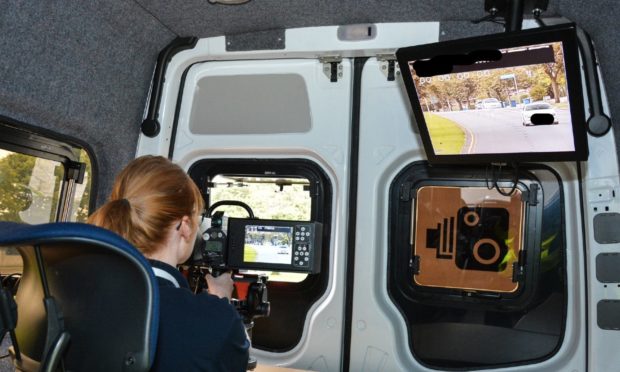More than 20 years on from the introduction on speed cameras on north-east roads many myths still surround them.
Tell anyone you work in the Safety Camera Unit of Police Scotland and instead of their first response being about road safety it’s usually something along the lines of ‘ooh bet you lot have a great Christmas party with all that fine money!’
So let’s dispel some of the myths surrounding the Safety Camera Unit, which has the primary aim of reducing vehicle speeds and in turn making the roads safer for all users.
- Myth 1: Speeding fines are collected by the unit.
Reality: Please believe me, we have no financial targets to meet in relation to fine revenue. The unit is grant-funded and receive no revenue from offences, the fine money is paid to the Scottish Courts and Tribunals Service and goes to the Scottish Government.
- Myth 2: We like to hide and catch motorists out.
Reality: We do not want to catch motorists out, we want to slow them down. Mobile enforcement is carried out from large liveried vans and all enforcement locations feature on our website www.safetycameras.gov.scot.
- Myth 3: Mobile speed cameras automatically pick up speeding vehicles.
Reality: Our mobile cameras are operated by trained members of police staff (very rarely police officers) and the first piece of evidence is the belief by that member of staff that a vehicle is speeding, it’s only then that they operate the equipment to generate a speed reading.
- Myth 4: Motorcyclists can’t be detected by mobile cameras
Reality: Yes motorcycles only have licence plates on the rear however all enforcement vehicles have additional cameras that capture images of vehicles as they pass the vehicle’s side and front, meaning rear licence plates are recorded.
- Myth 5: Mobile offences are only detected if you are travelling towards the enforcement vehicle.
Reality: Speeds can be recorded for approaching or receding vehicles, if you are travelling towards our enforcement vehicle or passed it on the other side of the carriageway.
- Myth 6: Enforcement locations are chosen to generate the most offences.
Reality: The Safety Camera Unit can only place cameras where there is a history of speed related collisions or where high speeds pose a threat to safety. If we carry out an hour of enforcement and no offences are detected we see that as a success as our aim is to reduce speeds.
I hope I’ve been successful in dispelling some camera myths. If you would like further information please have a look at our website www.safetycameras.gov.scot or our social media accounts @safetycamscot.
If you do meet me or any of my colleagues please have a chat with us about our work, just don’t mention the Christmas party!!
